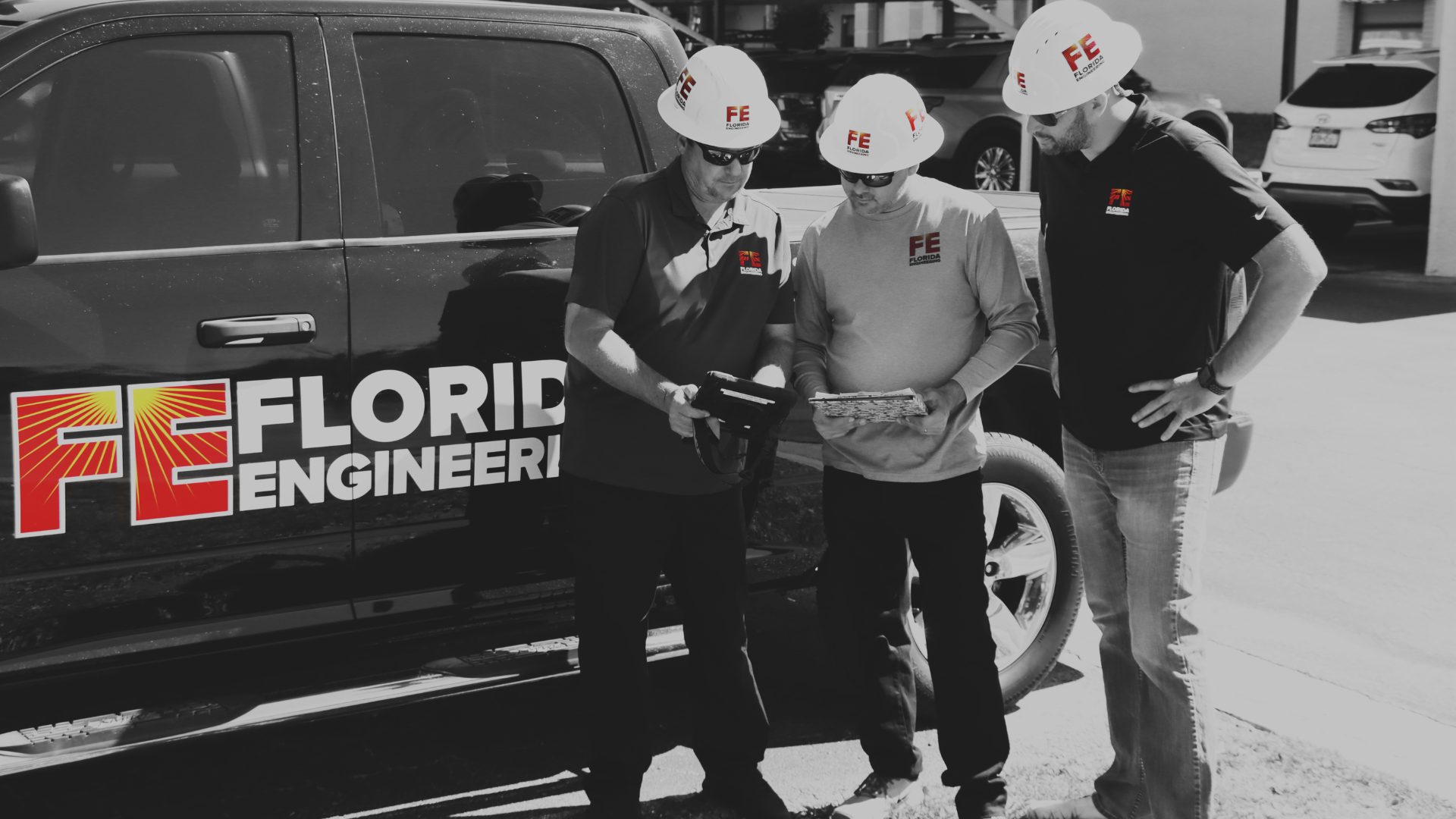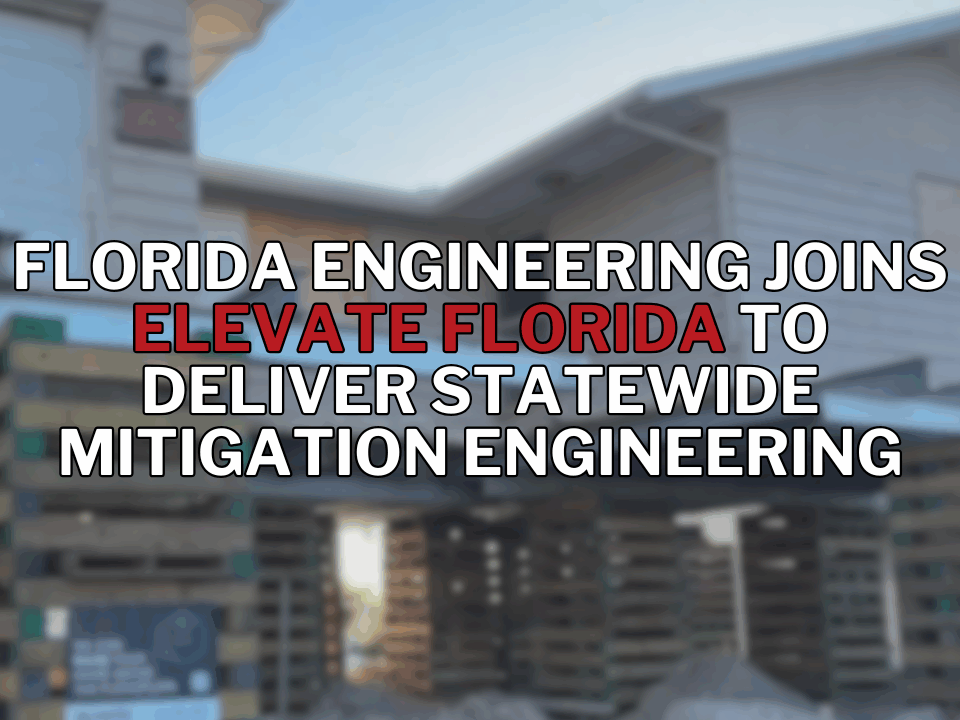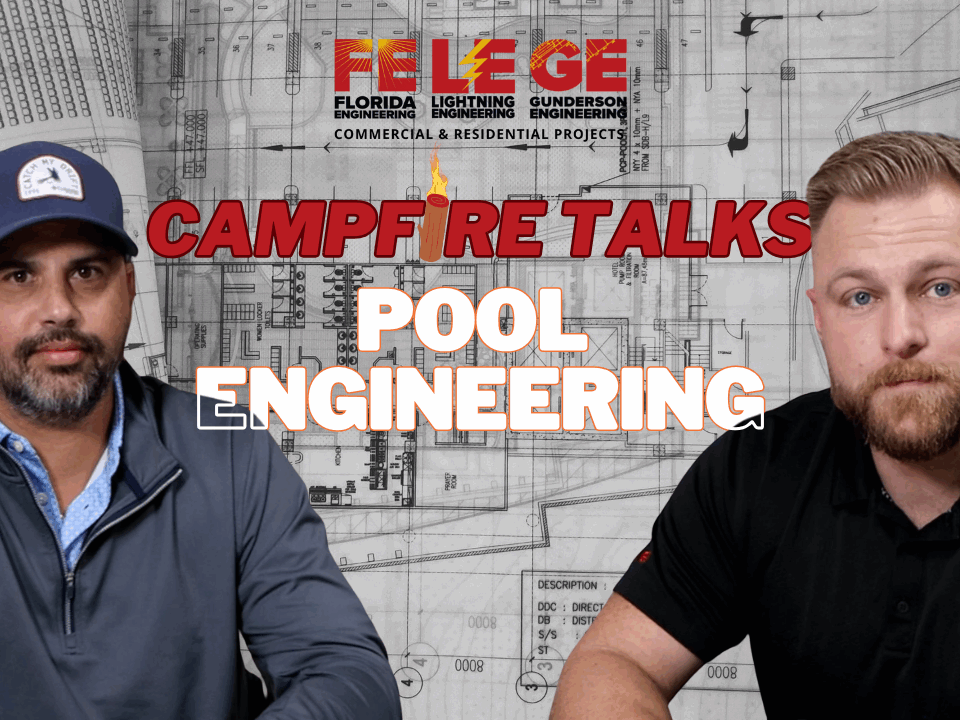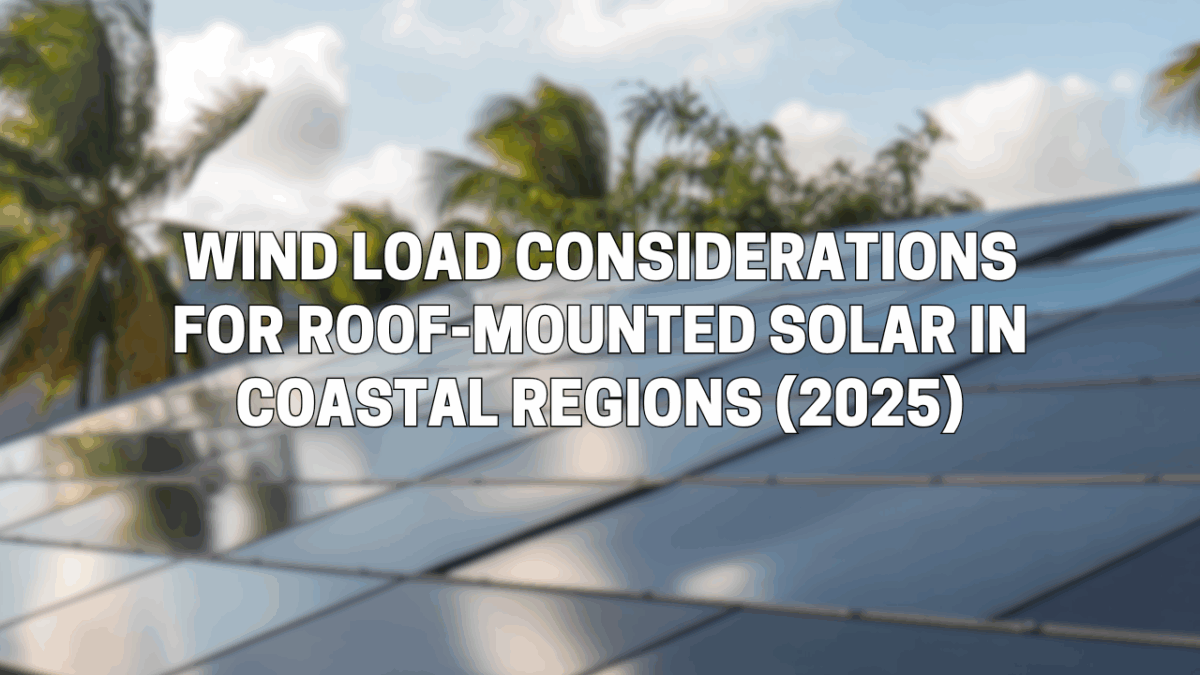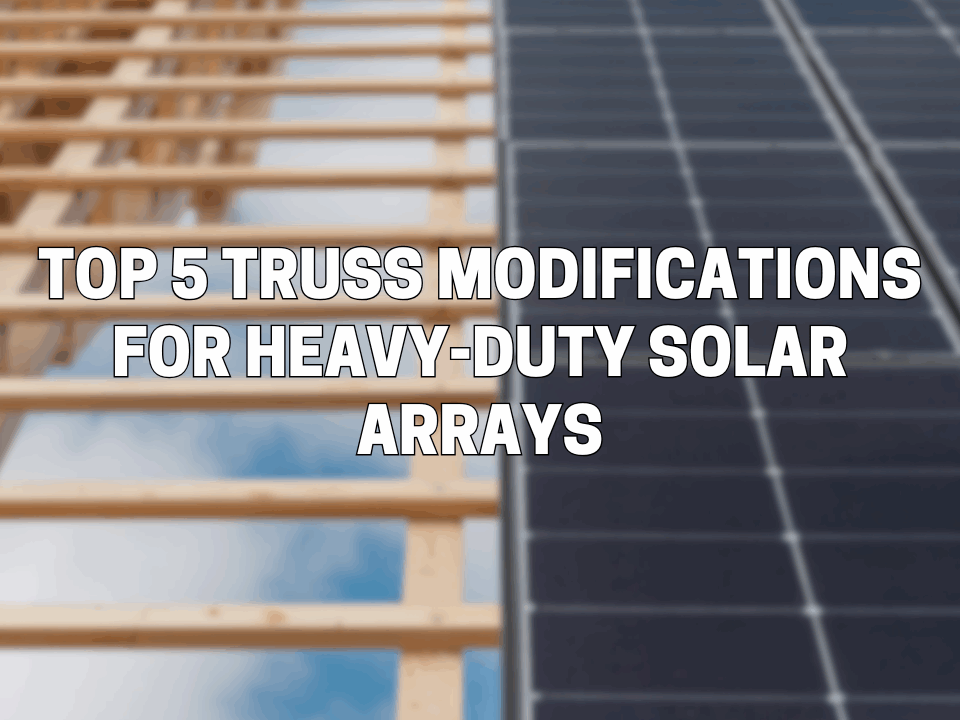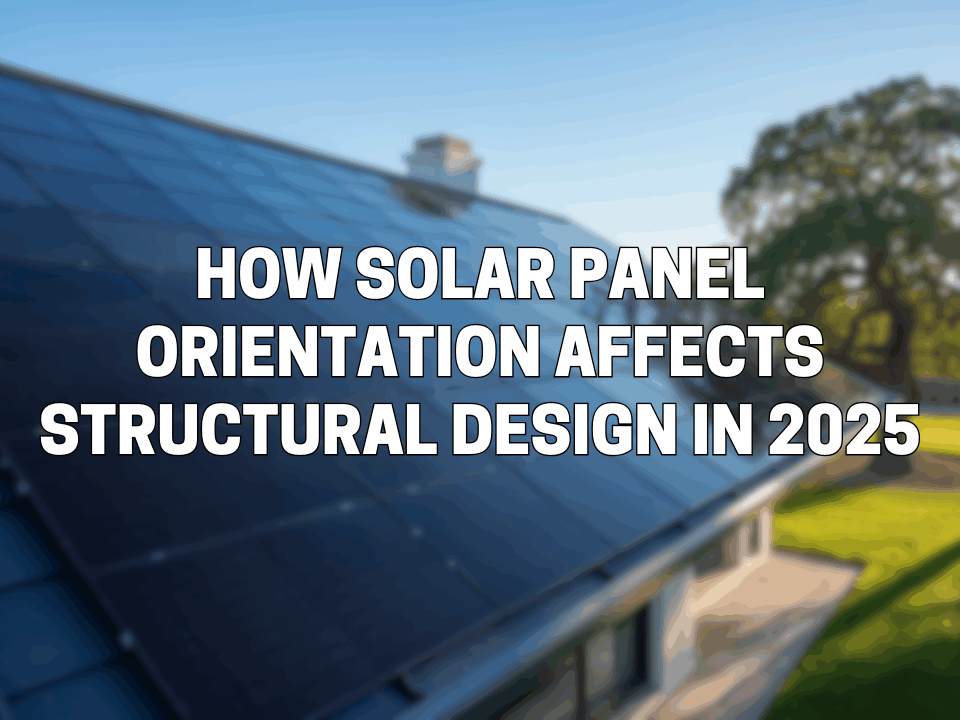Installing solar panels in Florida’s coastal areas offers significant energy benefits, but it also demands rigorous attention to wind load design. With hurricane-prone zones and evolving building codes, understanding wind exposure categories, uplift pressures, and mounting hardware best practices is essential for safe and compliant installations.
Table of Contents
- Understanding Wind Exposure Categories in Florida
- Uplift Pressures on PV Arrays and Mitigation Strategies
- Best Practices for Mounting Hardware Selection
- Conclusion: Partner with Florida Engineering LLC
1. Understanding Wind Exposure Categories in Florida
Florida’s coastal regions are subject to varying wind exposure categories, which influence the design and installation of roof-mounted solar systems. These categories are defined in the Florida Building Code (FBC) and are crucial for determining wind load requirements.
Exposure Categories:
- Exposure B: Urban and suburban areas with closely spaced buildings.
- Exposure C: Open terrain with scattered obstructions, typically found in flat open country and grasslands.
- Exposure D: Flat, unobstructed areas exposed to wind flowing over open water for a distance of at least 1 mile. This is common in coastal regions.
In Florida, especially in coastal zones, many areas fall under Exposure C or D, necessitating higher wind load considerations for solar installations.
2. Uplift Pressures on PV Arrays and Mitigation Strategies
Wind uplift pressures can pose significant risks to roof-mounted photovoltaic (PV) systems, particularly in coastal regions. The FBC, referencing ASCE 7-16 standards, provides guidelines for calculating these pressures.Florida Building Code
Key Considerations:
- Panel Configuration: Panels installed close to and parallel to the roof surface experience different pressures compared to tilted panels.
- Roof Zones: Edges and corners of roofs are subjected to higher wind pressures.
- Building Height: Structures with mean roof heights of 60 feet or less have specific design considerations.Florida Building Code
Mitigation Strategies:
- Enhanced Fastening Systems: Utilize mounting systems tested for high wind uplift resistance.
- Aerodynamic Design: Incorporate deflectors and baffles to reduce wind forces.
- Regular Maintenance: Inspect and maintain mounting hardware to ensure ongoing structural integrity.
3. Best Practices for Mounting Hardware Selection
Selecting appropriate mounting hardware is critical for the durability and safety of solar installations in coastal Florida.
Recommendations:
- Material Selection: Use corrosion-resistant materials like stainless steel or aluminum to withstand the salty coastal environment.
- Certified Products: Choose mounting systems that have been tested and approved for high-velocity hurricane zones (HVHZ).
- Professional Installation: Engage experienced installers familiar with FBC requirements and local building codes.
By adhering to these best practices, solar installations can achieve longevity and resilience against coastal weather challenges.
4. Conclusion: Partner with Florida Engineering LLC
Navigating the complexities of wind load considerations for roof-mounted solar installations in Florida’s coastal regions requires expertise and adherence to stringent building codes. Florida Engineering LLC specializes in designing compliant and resilient solar solutions tailored to these unique challenges.
Contact Florida Engineering LLC today to ensure your solar installation is safe, efficient, and built to withstand Florida’s coastal conditions.

